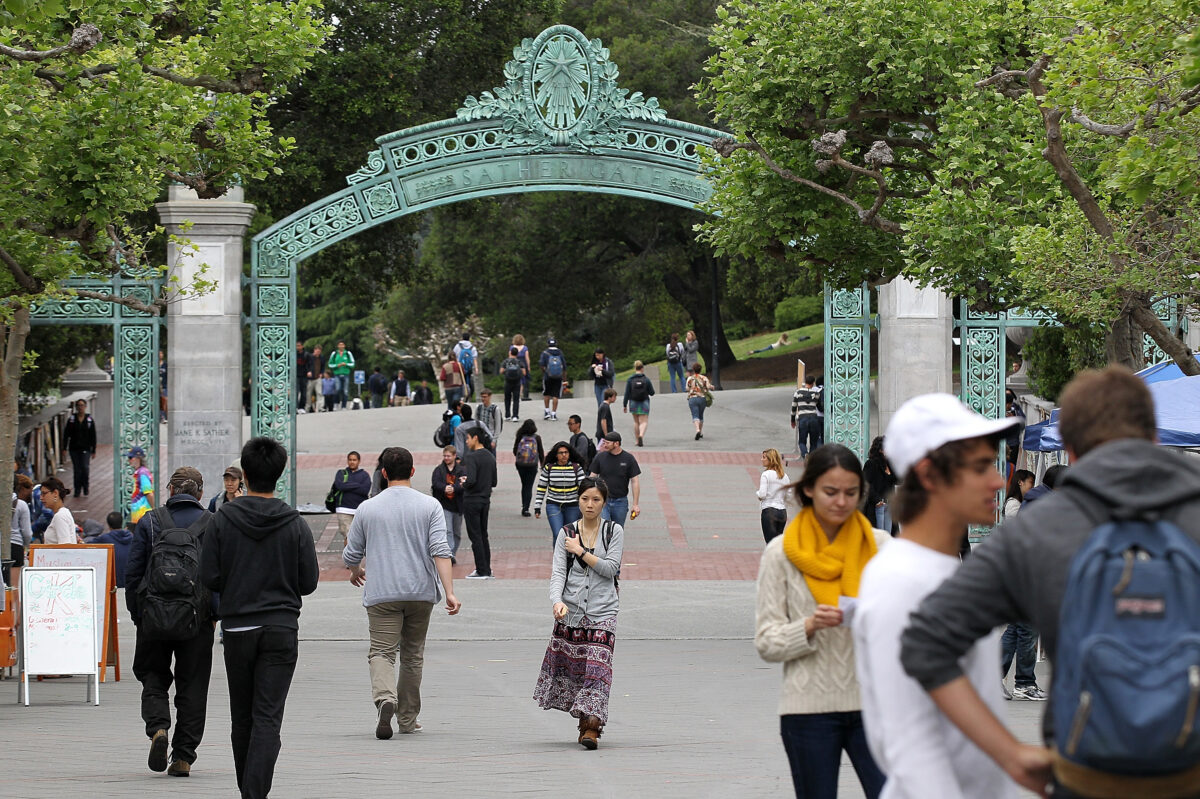
Lets Help Students, Not Destroy the Real Estate Market
Commentary Were likely to either hear many proposals meant to aid the working poor or read about su..
Commentary
Were likely to either hear many proposals meant to aid the working poor or read about such proposed programs in the Democratic National Committee documents that come out of the partys convention this week.
Some of the proposals may include a $15,000 tax credit for first-time homebuyers and also some sort of wealth-transfer to help the working poor for when rent costs are more than 30 percent of a persons monthly earnings, ideas that were first outlined by Joe Biden in February. For this article, well set aside all the problems surrounding COVID-19 if the federal government chooses to incent people to live in high-rent zones rather than allowing the labor and housing markets to continue incenting people to move from city centers into lower-cost, less-densely populated geographies.
Instead, it would be strongly preferable to see policy proposals on both sides of the aisle created to encourage increased education and better job prospects. A few years ago, I heard a great National Public Radio story about an out-of-state student who completed six years of education at the University of California–Berkeley: four years to get his bachelors degree in art and then two more years to earn his masters degree in art (I think he was an aspiring sculptor).
During that period—presumably when he was 18 to 24 years old—he accumulated $250,000 in debt.
I believe government should be in the business of creating market structures through which competition feeds innovation and drives down consumer prices. Thats why Teddy Roosevelt, a Republican, “busted the trusts” (broke up the major monopolies) including Standard Oil Co., one of the most powerful companies in the world at that time.
In 2010, outstanding student loan balances were $760 billion; in 2020, student loan balances have rocketed to $1.6 trillion—an 86 percent increase!
Enter the concept of “fraudulent conveyance.” If a knowledgeable lender lends money to a business and that business subsequently declares bankruptcy as a result of that debt burden, then that lender, who it is deemed should have known better—is said to have fraudulently conveyed that borrower with too much debt. If that happens, an equity investor, for example, might be able to convince a bankruptcy judge not to allow the borrower to get paid back the money he lent and instead allow the equity investor to retain ownership of the business.
My question is, how is it that a financial aid officer representing a major university can decide to facilitate a loan of $250,000 to a sculptor who has never earned any money as a sculptor? Why isnt UC–Berkeley responsible to repay that loan? Why is that student responsible for that loan? And why is that student not able to reduce that debt through the bankruptcy process?
Now, dont get me wrong. I personally remember the rampant fraud being knowingly committed by mortgage borrowers during the 2005 to 2007 U.S. property bubble. People signed documents with data they knew their mortgage originators had just “made up.” People were borrowing 105 percent of property values, and bought boats and flat-screen TVs with the proceeds.
The problem eventually reached proportions of creating true social disorder. It unraveled when it finally also created financial disorder. The Great Recession exploded starting in the fall of 2008.
I am not suggesting borrowers are not partially culpable. I dont know anything about the prospective sculptor. Im also not suggesting in any way that universities are not places where The Arts should be encouraged. The Arts are lasting signs of Great Civilization. However, it seems to me, that donors should be funding The Arts—not students who almoRead More – Source

